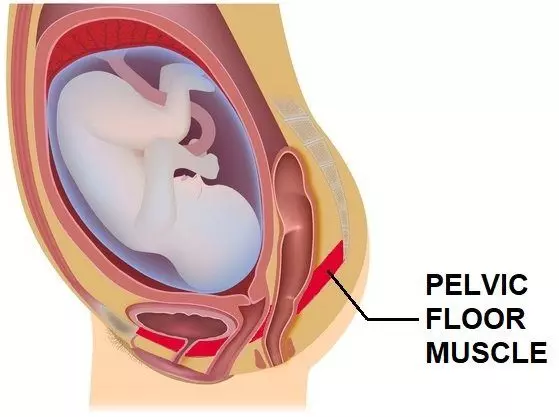Back
Why is Pelvic Floor Therapy Pre- Pregnancy, During pregnancy, and Post-pregnancy
By Shannon Strauch, PTA, STMT-1 on 5/9/2024

Pelvic floor therapy is beneficial both before and after pregnancy due to the significant impact pregnancy can have on the pelvic floor muscles and overall pelvic health. Here's why:

Before Pregnancy
:Preparation for Labor and Delivery
Pelvic floor therapy can help strengthen the pelvic floor muscles, improving their ability to support the growing uterus during pregnancy and aiding in the process of labor and delivery.
Prevention of Pelvic Floor Dysfunction
By addressing any existing pelvic floor issues before pregnancy, such as pelvic organ prolapse, urinary incontinence, or pelvic pain, therapy can reduce the risk of these problems worsening or developing further during and after pregnancy.
During Pregnancy
:Support for Pelvic Structures
Pelvic floor therapy can provide guidance on how to properly support the pelvic structures as the uterus grows, reducing strain on the pelvic floor muscles and ligaments.
Management of Pelvic Pain
Therapy techniques such as manual therapy, exercises, and relaxation techniques can help manage pelvic pain, which is common during pregnancy due to hormonal changes and increased pressure on the pelvic area.
Preparation for Labor
Learning pelvic floor relaxation techniques and proper pushing techniques during therapy can prepare women for labor, potentially reducing the risk of pelvic floor trauma during delivery.
After Pregnancy (Postpartum)
:Recovery from Vaginal Delivery
Pelvic floor therapy is crucial for postpartum recovery, especially after vaginal delivery. It helps strengthen and restore pelvic floor muscles that may have been stretched or weakened during childbirth.
Management of Urinary Incontinence
Therapy can address urinary incontinence issues that often arise after childbirth, helping women regain bladder control and improve their quality of life.
Prevention and Treatment of Pelvic Organ Prolapse
Pelvic floor exercises and techniques taught in therapy can help prevent or manage pelvic organ prolapse, a condition where pelvic organs (such as the bladder, uterus, or rectum) descend into the vaginal space.
Addressing Pelvic Pain
Postpartum pelvic pain, whether from episiotomy healing, scar tissue, or general muscle tension, can be managed through targeted therapy techniques.
Improving Sexual Function
Pelvic floor therapy can also improve sexual function postpartum by addressing any pelvic floor issues that may impact sexual health, such as pain during intercourse or decreased pelvic floor strength.
Treatment of Diastasis Recti Abdominis (DRA)
Pelvic floor therapy can help assist the closure of diastasis recti, which is the normal separation of the rectus abdominis muscles while the baby and uterus are growing. This separation can cause core weakness, low back pain, poor posture and poor pressure management
Overall, pelvic floor therapy offers a comprehensive approach to pelvic health, addressing both preventive measures and treatment strategies before and after pregnancy to promote optimal well-being for women. Pelvic Floor Therapy can begin at any point during your pregnancy, but at 34 weeks a trained Pelvic Floor Therapist can begin to teach you how to properly stretch your perineum and prepare your pelvic floor for the birthing process. Typically, post-partum your doctor will assess and clear you after 6 weeks, but an external evaluation can be performed at 4 weeks to help promote the healing process.
Reach out to us at Pelvic Health Center in Madison, NJ to set up an evaluation and treatment! Feel free to call us at 908-443-9880 or email us at receptionmadison@pelvichealthnj.com.
Read More:
Dry Needling for C-Section Scars and Postpartum Recovery By Dr. Christine Martirez PT, DPT on 10/15/2024 Learn how dry needling can be used for c-section scars and c-section recovery How Red Light Therapy Can Be Used to Treat Pelvic Floor Dysfunctions By Dr. Christine Martirez PT, DPT on 10/15/2024 Learn about red light therapy and how it can be used to treat pelvic floor dysfunctions
Are you ready to live pain free?
Request An Appointment